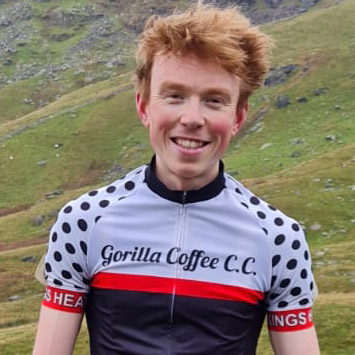Some of us here at BikeRadar love indoor cycling. It’s time-efficient, convenient and keeps you safe when the conditions on the road are not.
No longer does winter road cycling have to be all about long, slow miles. Thanks to the turbo, your base training can include high intensity intervals to keep things interesting.
Indeed, the best smart trainers facilitate longer intervals (uninterrupted by traffic or junctions) such as sweetspot training, so riding inside has a place all-year round, not just in winter.
However, indoor cycling becomes boring and hot even if you’ve built the ideal indoor training space. It’s hard to replicate the volume of training on the turbo that is attainable by cycling outdoors.
Furthermore, you risk overtraining syndrome by overdoing the intensity indoors. And there are several indispensable skills for outdoor cycling you’ll never improve on the turbo trainer.
We spoke to Jacob Tipper, of Jacob Tipper Performance Coaching, to learn more about the pitfalls of indoor cycling.
Jacob rode for the world-beating Huub Wattbike track team and was a road professional with Ribble Weldtite. He now uses his Master’s Degree in Applied Sports Science to run his coaching business. His clients have included former UCI Hour Record holder Dan Bigham and EF Education-EasyPost WorldTour professional Ben Healy.
This article contains Jacob’s answers to questions related to indoor and outdoor cycling taken from a longer podcast. Listen to the full interview to hear more from Jacob, including his take on the pyramidal vs polarised training debate and the challenges of cycling R&D in his role at Huub Design.
The disadvantages of too much indoor cycling
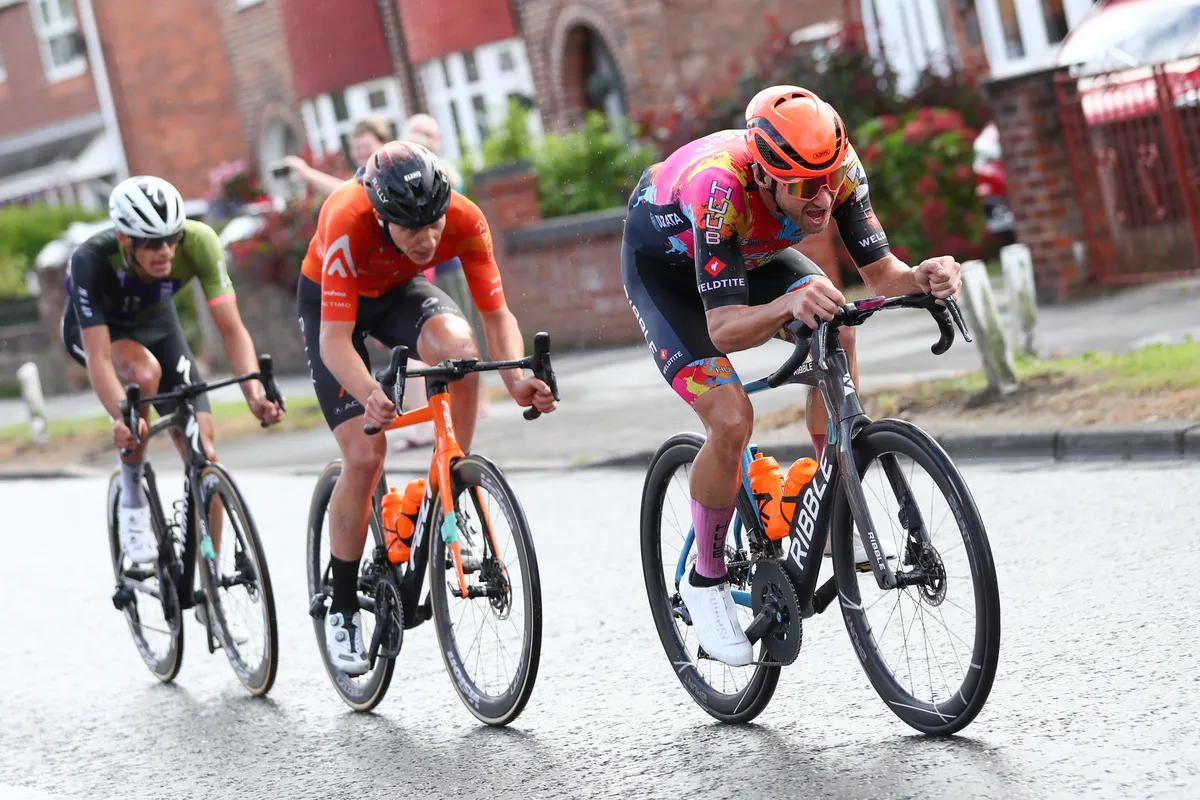
BikeRadar: What are the downsides of over-relying on the turbo trainer?
Jacob Tipper: My criticism for using it all winter and all-year round is people forget cycling has a large skill element. It’s not as simple as what wattages you can munch while sat bolt upright on the turbo.
In terms of creating a physiological stimulus, the turbo is 95 per cent of the way there.
But there are things you get better adaptations from on the road than on the turbo, such as the way you pedal.
Because you can generate 2,500 watts from a fixed position doesn’t mean you can translate the power into throwing it about on a bike at 60km/h.
The numbers that win WorldTour sprints are sometimes 1,200 watts. That isn’t massive, but it’s not easy to sprint at 70km/h after four hours of racing.
There’s an element of skill to how well you hold the wheel in front, how comfortable you are on the bike, and how well you ride in a group.
But the turbo misses that. Cycling isn’t just about the metabolic energy you put through the pedals. It’s about how you translate that into speed.
The dying art of bunch riding
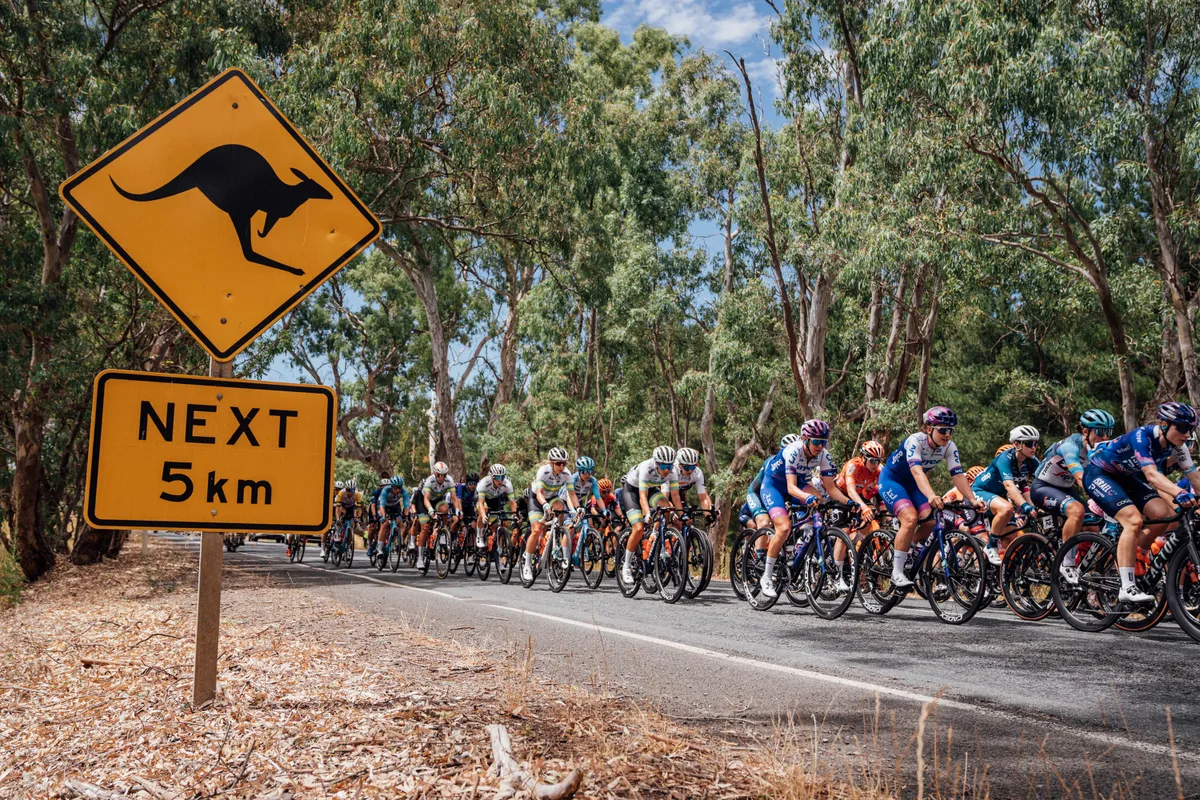
BikeRadar: What has the effect been of people spending more time riding indoors, such as worse bike handling?
Jacob Tipper: I can’t make a sweeping statement and say people have become less safe in races. I don’t think that is true.
But when I started racing 12 years ago, aero wasn’t a thing. People rode wide handlebars and didn’t wear skinsuits. And races were a lot slower, the roads were less busy and people weren’t doing all the training they're doing now.
Move forward 12 years and aerodynamics is everywhere, everyone’s on the fastest tyres, the roads are potentially in a worse condition and there is more traffic on them.
People are fitter because of the turbo, Zwift racing and Strava making you more accountable to how many hours you do over the winter.
Now everyone does less group riding, it is a bit of a recipe for disaster. Second-category races are now two miles an hour quicker than they used to be on courses that don’t necessarily suit that.
So I do think an increased element of danger has come into these races.
Back in the day, people doing fast sportives would have only been that fit and strong by doing club rides, and now these could be the first group ride they are doing all year. I have heard these organised rides can be a bit sketchy.
Why you should do hard, group rides
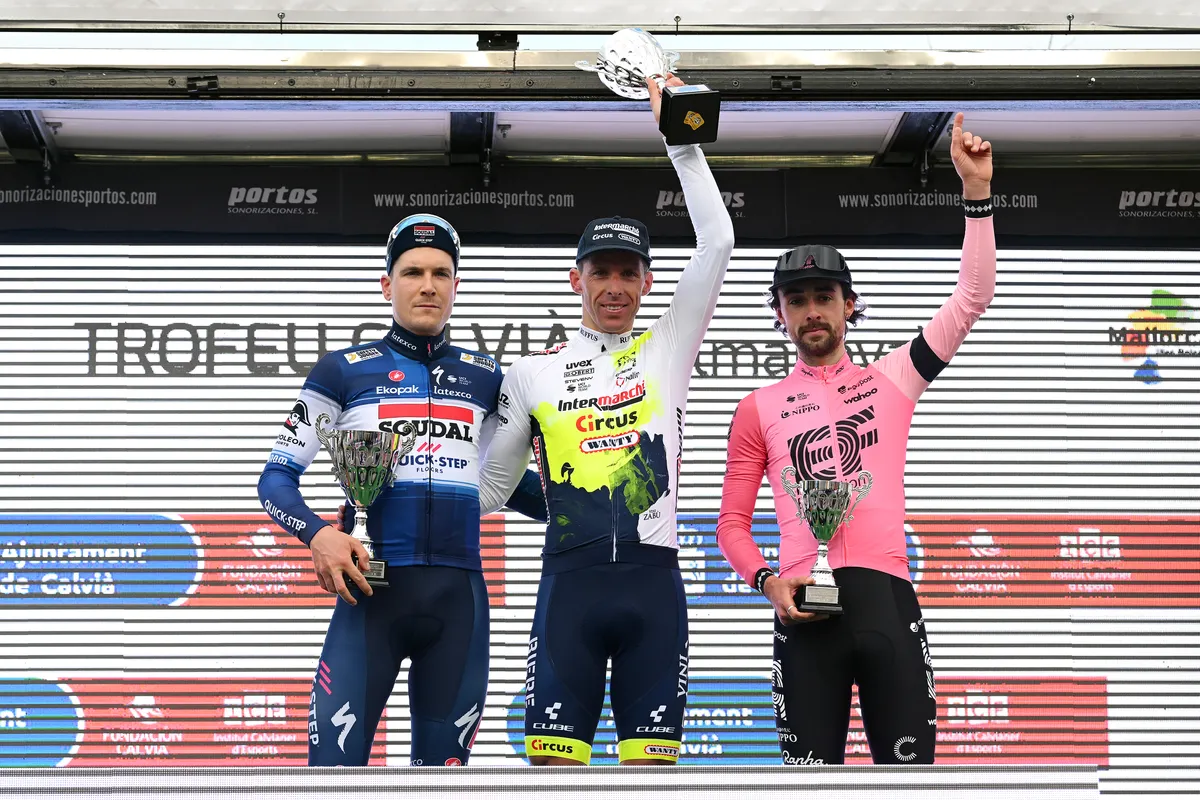
BikeRadar: What’s the physiological benefit of doing an unstructured hard ride?
Jacob Tipper: In the early season, it is a conditioning exercise that comes with the benefit of skillwork.
It’s like a pre-season race. You get a large chunk of stress, which helps prepare for a race.
High-speed group riding develops different pedalling kinematics. Because you’re going faster – you’re not sat still on the turbo – you exert different force through the pedal stroke.
While pedalling at 90rpm between one to three o’clock you have got to spike more and then relax your force distribution around the pedal stroke.
So there is more technique to the pedal stroke than people realise. But that is entirely subconscious.
I don’t really work on TSS [Training Stress Score, a measure of a ride’s difficulty], but you get a huge TSS from these rides.
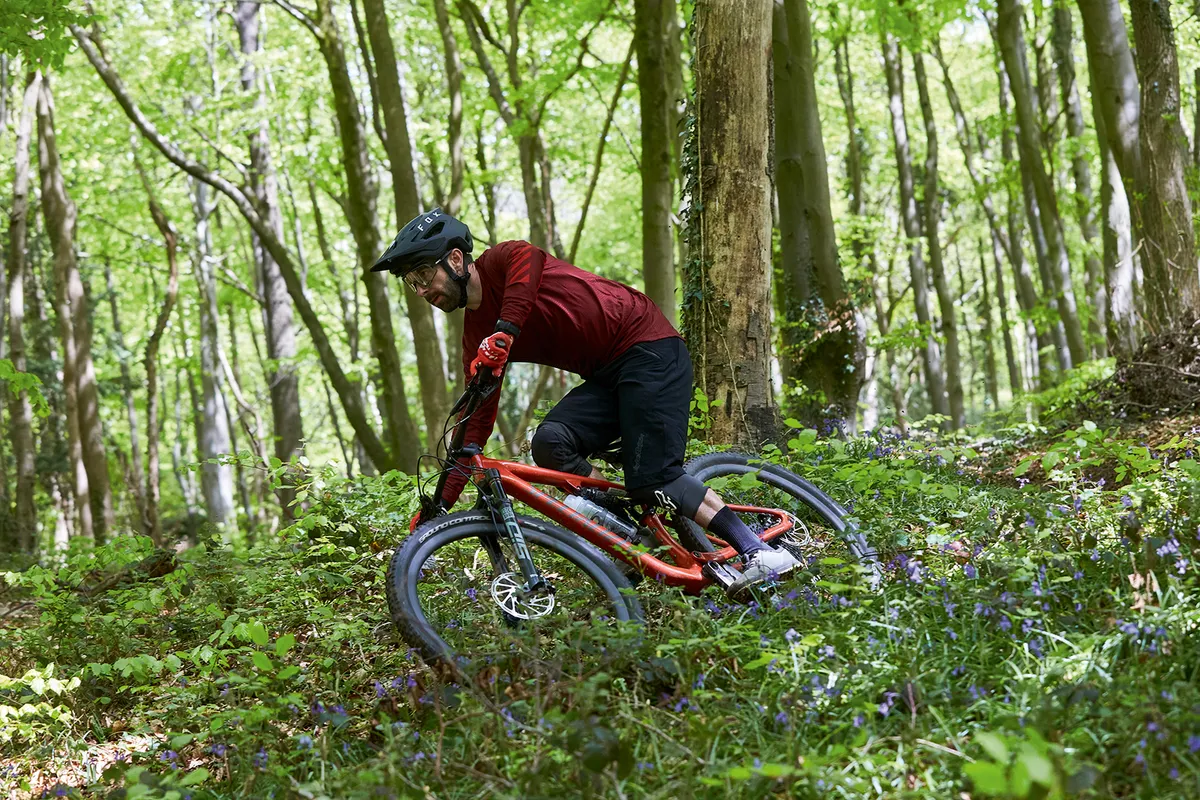
Your torque distribution [in the pedal stroke] is different because there are lots of spikes in pace when riding in a group. It’s not like riding in ERG mode.
ERG mode has its place, but you shouldn’t over-rely on it. People sometimes think a bigger number equals more adaptation and therefore use ERG mode a lot because it’s more controlled.
Getting better isn’t as simple as doing more power on the bike. Being successful on the bike is multi-faceted – can you distribute power while pedalling, while following a wheel, etc.
ERG mode doesn’t tick off these things. When you finish a road race, the last thing you want to say is, ‘Well, I didn’t come first, but I did put out the most power’. How few watts you put out while being successful should be a bragging point.
For a time trialist, training in position is important. But training in time-trial position on the turbo is still different to training in position outside.
People tend to start their turbo intervals in their time-trial position, but when they get tired they sit bolt upright to get more power out.
Not being able to produce the numbers you know you can do on a sunny day in Spain gets to me as well. But it’s about doing what will help you improve on the road, not just the highest number.
Using ERG mode once or twice a week in the winter isn’t the end of the world. But you shouldn’t use it all-year round and avoid ERG mode if you can.
The relationship between power and speed

BikeRadar: Why doesn’t higher power always translate into higher speed?
Jacob Tipper: Dan Bigham says ‘power is vanity, speed is sanity’. It’s about going fast. Dan was open after his Hour Record that his numbers were not that amazing.
But they are if you know what was going on in that attempt.
Going fast is about aerodynamics, being able to pedal at 60km/h and when you’re spinning out, knowing when to brake to hold speed in corners.
Some people think they’ll be good on climbs because they’ve got high watts per kilo on the turbo. But after four hours at the end of your sportive when it’s super-steep, can you do that power at a cadence of 60rpm? Suddenly that is very different.
When I was coaching a rider [Richard Bussell] for the National Hill Climb Championships, I knew he was going to win.
The climb was so steep I knew no one would have the gear ratios on their bike to spin up it. He didn’t have the best watts per kilo for four minutes, but he was the best at that effort at 70rpm.
Follow the theory or practical experience?
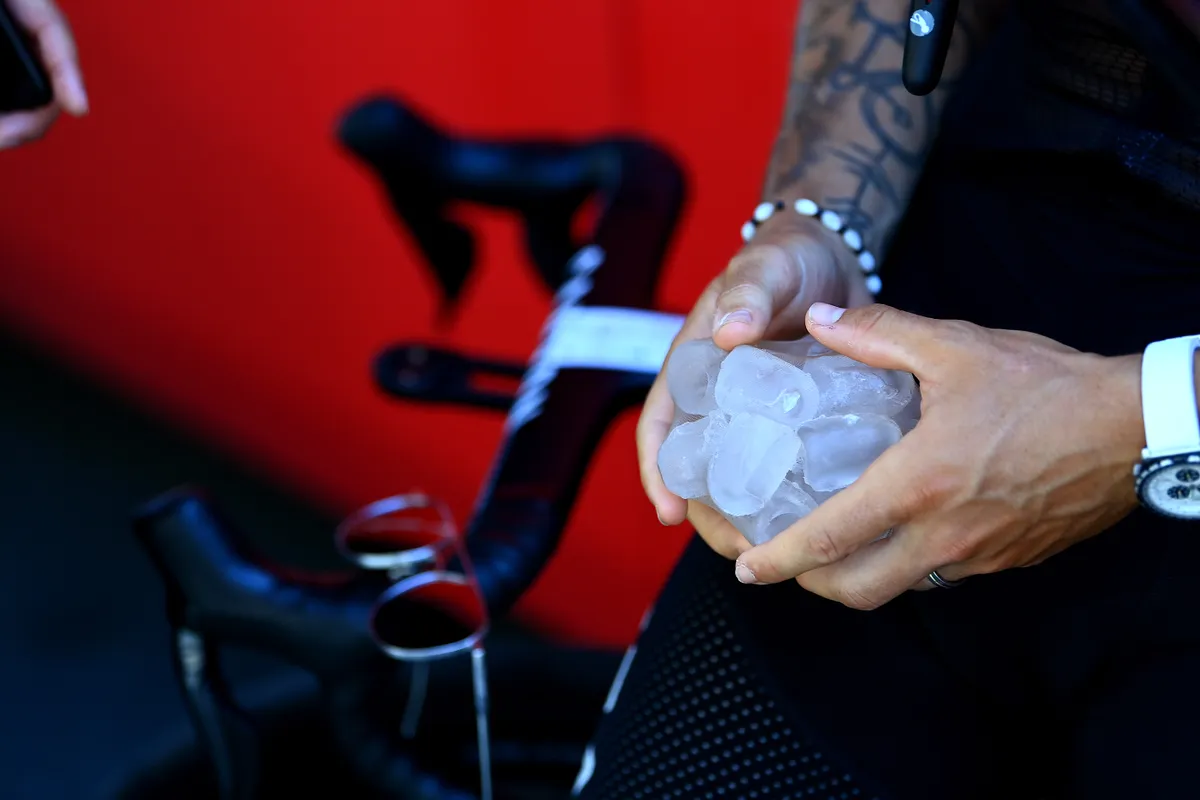
BikeRadar: How much do you rely on your sport science expertise versus your and your athletes' learned experience when coaching?
Jacob Tipper: In many cases, the sports science formulas that coaches have prescribed for 20-30 years, such as 2x 20 minutes at Functional Threshold Power, still work. That’s why it’s a popular training session.
But if someone’s injured then you need to adapt. I’m training someone at the minute who has hardening of the iliac artery. She will have to get that operated on in March.
Between then and now, we’ve decided she shouldn’t do any aero training and instead sit more upright on the turbo, drop the volume and keep efforts shorter.
She’s doing more gym work because DOMS (delayed onset muscle soreness) won’t impact her performance as she won’t race until after the operation.
You can also use sport science to tackle challenges like the Hour Record. That wasn’t just me as a coach, Dan [Bigham] had other support staff.
We used sports science to solve problems like the heat build-up and holding his position on the track. It’s not as simple as riding hard for an hour on the turbo or modelling the Hour Record in a spreadsheet.
These models often assume the rider sticks to the black line all the time, but they don’t.
Coaching philosophy: exact targets vs freedom
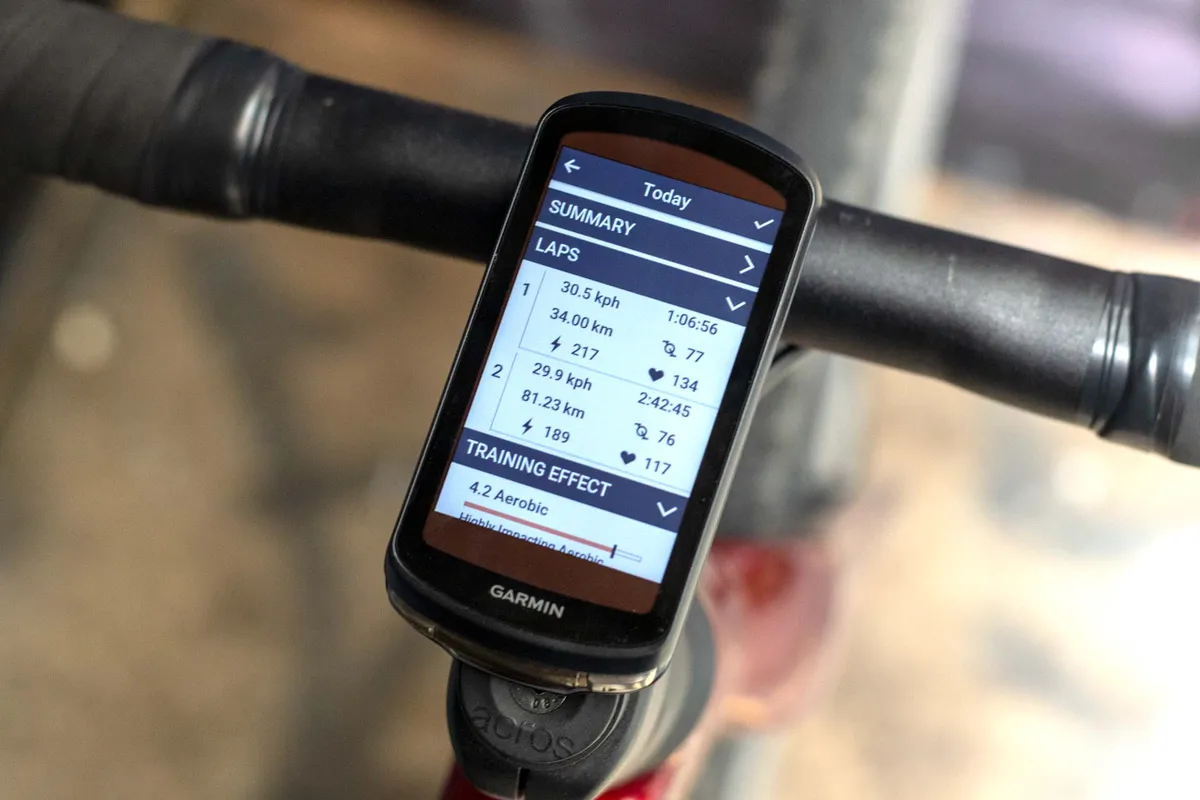
BikeRadar: How strictly do you like your athletes to follow the session and its power targets?
Jacob Tipper: I’m pretty chilled, there are numerous ways to skin a cat. There is so much going on in the body when you’re training, you can be too precise.
I think a coach telling an athlete to stick between one watt is a farce. Neither your power meter nor your body is accurate to one watt on a given day – there’ll be a two per cent daily variance according to how well you’ve slept and eaten.
Professional riders should be more controlled in their winter training. But the average person has so much stuff going on. The UK has an especially intense way of life.
I suggest a power target as a range not a single number. You don’t adapt based on a number on a Garmin screen but according to your body’s reaction.
Feel is one of the best things to go off. You should adopt the philosophy of a session. If it’s a threshold session, you need a ‘threshold feel’.
You don’t ruin a long, aerobic ride by getting out of the saddle on a climb and going a bit above zone two [of your training zones].
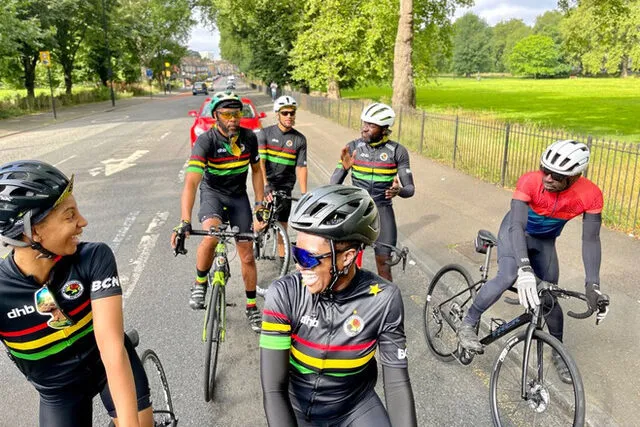
If every Sunday zone two goes out of the window and you’re sprinting up the climbs and free wheeling down the other side, that’s different and more like fartlek training. That’s not meeting the philosophy of a zone two session.
If someone says to me that’s their bread and butter and they’re training to do well on that Sunday ride, that’s fine. I’ll take that into account for the rest of the week’s training and set them a steady ride not intervals on a Thursday.
I’d rather someone enjoy their training by being a bit loose and still training relatively consistently all year than crack by May, stop riding their bike or doing intervals.
The human element can be forgotten by coaches online. Sometimes advice given on Twitter sounds militant because it’s a simplified way of getting a message across.
A happy cyclist is a good cyclist. There are studies on the psychometric link between being happy and wanting to adapt and getting results.
Cross-training and strength work
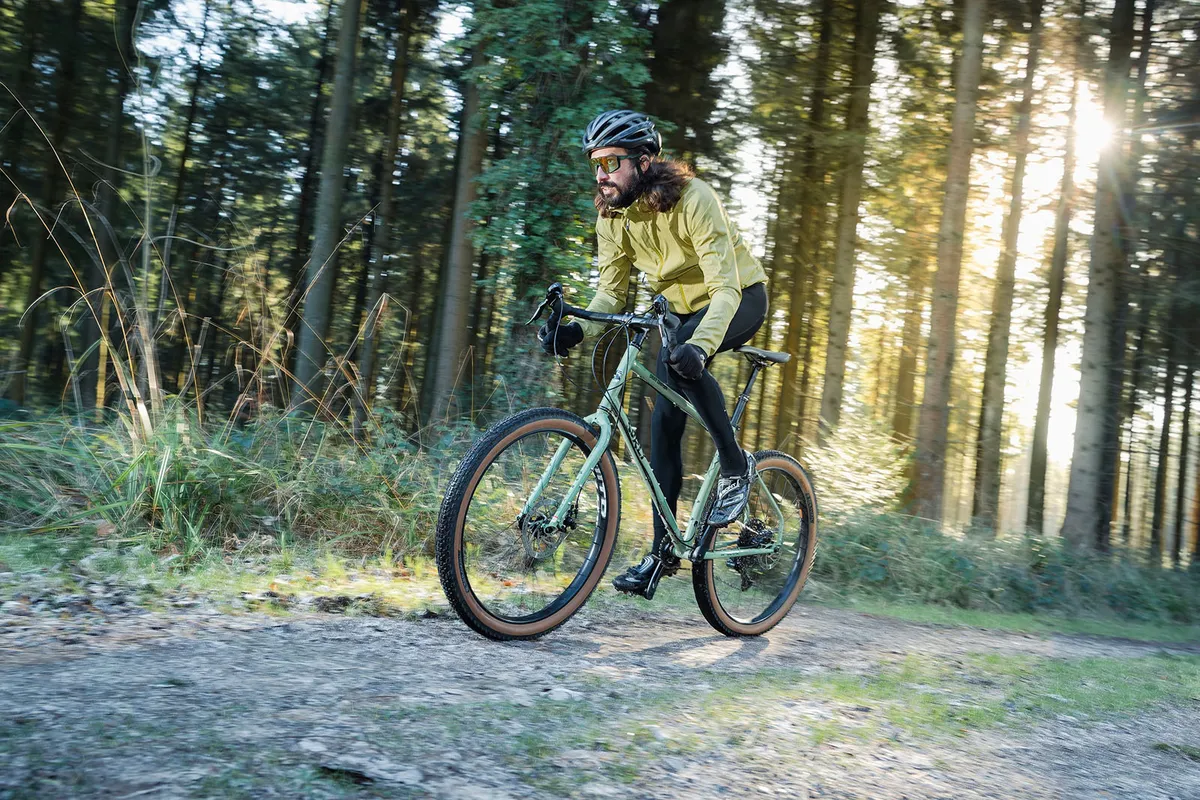
BikeRadar: Which alternatives to time in the saddle do you recommend?
Jacob Tipper: I think strength training is a great tool for ageing athletes, female athletes or particularly petite male athletes who are all more likely to be force-limited.
One of my training philosophies is working on what limits you, which can be strength.
There is a real benefit of going to the gym or lifting weights at home if you have that opportunity.
Running is not necessarily going to make you faster on the bike. But it can be useful to mix up your aerobic exercise and use different areas to the muscles cycling works.
Running increases tendon and ligament strength. As long as you don’t overload them to the point you get injured, it’s probably making you more robust and flexible. For example, your injury risk from bending down to pick up a bag of shopping may decrease.
I regret only being good at riding my bike [during my professional career]. I wish I had played five-a-side with my friends. It wouldn’t have done my results any harm.
It also would’ve made me a more robust human being and less likely to get exhausted by going shopping.
Gravel riding is also good for physical resilience because you have to pick your bike up and lift it over fences.
BikeRadar: In summary, how can you mitigate the downsides we’ve discussed of indoor cycling?
Jacob Tipper: Continue doing some outdoor cycling on or off road, such as cyclocross racing.
If you’re a time-trialist [training on the turbo], try to hold your position regardless of your power drop-off.
For the average person, don’t neglect the skill-side of outdoor cycling. This doesn’t just apply to racers.
If you want to do well in your local sportive, at some point you will have to know how to ride in a group. You’ll be comfortable in the wheel, more relaxed and go around the corners quicker. You’ll only get that wheel on the road when you’re pushing it a bit.
Turbo training is useful. But people get obsessed with that watts per kilo number on Zwift, which doesn’t necessarily translate into performance on the road.
Subscribe to the BikeRadar podcast
Make sure you subscribe to the BikeRadar Podcast via Apple Podcasts, Spotify or your chosen podcast provider.
The BikeRadar Podcast takes you to the heart of cycling, whether you're a roadie, mountain biker, gravel rider or commuter.
From the latest cyclign tech news, reviews, discussions, and interviews with the biggest personalities in cycling, the podcast is your direct line into the BikeRadar team and the world of bikes.
